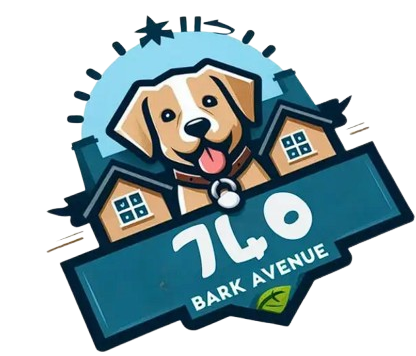Do Dogs Get Bored of Their Food?
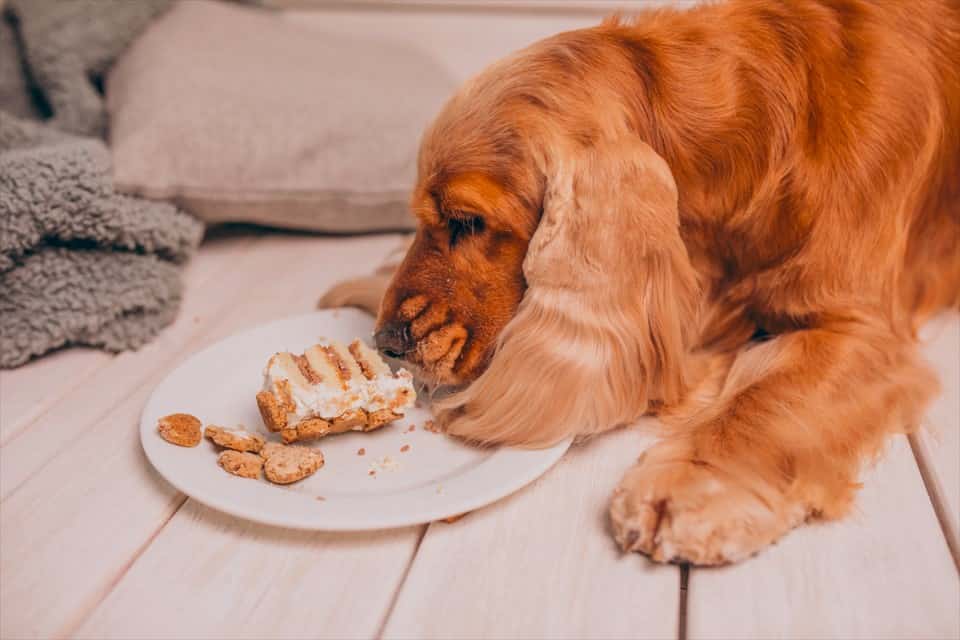
Ever wonder if your pup gets bored of eating the same kibble every day? You’re not alone! Many pet owners notice their dogs losing interest in food. But is it really boredom, or is something else going on? Recognizing why your dog may be refusing their meals is key to keeping their diet both nutritious and enjoyable.
How Often Do Dogs Get Bored of Their Food?
Dogs don’t crave variety like humans do, but they can get tired of the same food over time. Some breeds are more food-driven, while others might turn their nose up after a while. If your dog suddenly seems uninterested in meals, it might be time to mix things up! Dogs that rely on highly processed kibble or the same protein source for months might lose interest due to a lack of novelty in taste and texture.
Signs Your Dog Is Bored of Their Food?
Not sure if your dog is over their dinner? Here are a few telltale signs:
Sniffing food and walking away – If your dog hesitates before eating or leaves food untouched, they might be bored.
Eating treats but not meals – If they happily take a snack but ignore their kibble, it’s a sign of disinterest.
Begging for table scraps – They might be holding out for something tastier!
Taking longer to eat – A slow eater might not be excited about their meal.
Lack of enthusiasm at mealtime – If your dog used to run to the bowl but now barely acknowledges it, boredom could be a factor.
Leaving food uneaten for hours – A once-hungry pup suddenly ignoring their bowl might be bored rather than just full.
Why Won’t My Dog Eat His Food?
Boredom isn’t always the issue. If your dog suddenly refuses food, consider other factors:
Health problems – Dental issues, digestive discomfort, or illness could be to blame. If your dog stops eating suddenly, a vet check-up is a good idea.
Stress or anxiety – Changes at home, a new pet, or loud noises can affect their appetite. Dogs can associate food with negative experiences if something stressful happens at mealtime.
Food quality – Expired kibble or stale food might not smell appetizing to them. Dogs rely on their sense of smell to determine if food is worth eating.
What to Do When Your Dog Gets Tired of Food?
If your pup isn’t eating with excitement, try these solutions:
Can You Switch Dog Food Flavors?
Yes! Rotating flavors can keep mealtime interesting. But switch gradually—mix a little of the new food with the old over 7–10 days to avoid tummy troubles. Some dogs might be sensitive to sudden dietary changes, so slow transitions are always best.
How to Make Dog Food More Exciting?
Here are the best ways to make your dog’s food safer and more exciting
Add food toppers – A spoonful of plain yogurt, bone broth, or pumpkin can add flavor and nutrients.
Mix wet and dry food – This changes the texture and makes meals more appealing.
Use feeding toys – Puzzle bowls or treat-dispensing toys turn mealtime into playtime!
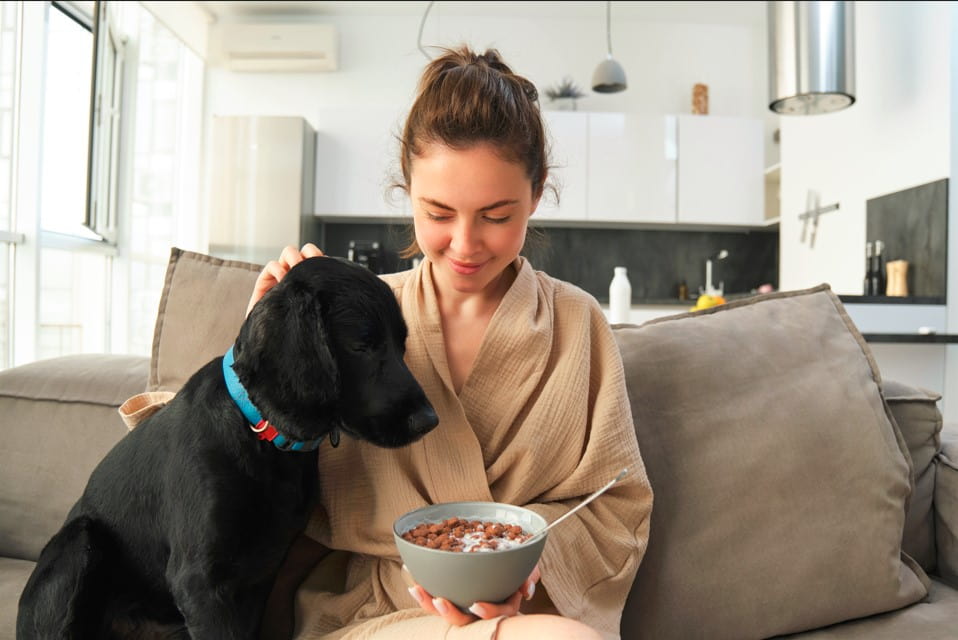
Try warming up the food – Slightly heating wet food or adding warm water to dry kibble can release more aroma and make it more enticing.
Rotate proteins – Switching between chicken, beef, fish, and lamb ensures variety while maintaining nutrition.
What to Add to Dog Food for Picky Eaters?
When you dog is picky, try these as dog foods:
- Lean meats (cooked chicken, turkey, or fish)
- Steamed veggies (carrots, peas, or sweet potatoes)
- A sprinkle of shredded cheese or a drizzle of fish oil
- Eggs (scrambled or boiled, but avoid excessive seasoning)
- Unsweetened applesauce for a bit of natural sweetness
How Often Should You Change Your Dog’s Food?
Switching pet’s food too often can make dogs picky, but rotating proteins every few months keeps meals interesting and balanced. Some pet owners follow a rotational feeding method, switching food every few months to maintain variety while avoiding digestive issues.
When to See a Vet?
If your dog’s appetite suddenly changes, consult a vet. Loss of interest in food could signal an underlying health issue, such as dental disease, gastrointestinal problems, or even depression. If your dog refuses food for more than 24 hours, seek professional advice.
Is it Okay to Mix Wet and Dry Dog Food?
Yes! Combining wet and dry food can improve palatability and ensure better hydration. This method also provides textural variety, which can be more appealing for picky eaters.
What are the Best Food Toppers for Dogs?
Food toppers can enhance flavor while providing added nutrition. Some of the best options include:
- Bone broth (great for hydration and joint health)
- Plain Greek yogurt (rich in probiotics for gut health)
- Sardines (packed with Omega-3s for a healthy coat)
- Cooked sweet potatoes (full of fiber and vitamins)
Final Thoughts
Dogs may not crave variety like we do, but they can lose interest in food. Keeping meals exciting with toppers, flavor rotations, and interactive feeding can make all the difference. Always ensure any dietary changes support their health and happiness!
By understanding your dog’s eating habits, you can keep mealtime fun and nutritious. Ready to mix things up? Your pup will thank you with a wagging tail and an empty bowl!
FAQs
Can I feed my dog human food to prevent boredom?
Some human foods are safe, like plain chicken or carrots, but avoid toxic foods like onions, chocolate, or grapes.
Yes! Some human foods are safe and can add variety, such as plain chicken, carrots, or blueberries. Always avoid toxic foods like onions, chocolate, grapes, and anything high in salt, sugar, or artificial ingredients.
How do I know if my dog dislikes their food or if it’s a health issue?
If your dog refuses food but eats treats or table scraps, they might just be picky. But if they avoid all food, seem lethargic, or show signs of discomfort, it could indicate an illness. A vet visit is the best way to rule out any health concerns.
Is it okay to change my dog’s food frequently?
Frequent changes can lead to picky eating and digestive upset. If you want to switch foods, introduce the new food gradually over 7–10 days by mixing it with their current food. This helps prevent stomach issues and allows them to adjust.
What are the best food toppers for picky eaters?
Great food toppers include bone broth, plain yogurt, cooked meats, steamed vegetables, and pumpkin. These add flavor, texture, and essential nutrients while making meals more appealing.
Can stress cause my dog to stop eating their regular food?
Absolutely! Stressors like a new environment, loud noises, changes in routine, or the introduction of another pet can cause anxiety and affect your dog’s appetite. Creating a calm mealtime environment and offering familiar foods can help them feel secure.
How do I introduce new food to my dog without causing digestive upset?
Gradually mix small amounts of the new food with their current food, increasing the proportion over 7–10 days. This allows their digestive system to adapt and prevents stomach discomfort.
Can I add herbs or spices to my dog’s food?
Yes, but only safe ones! Parsley, turmeric, and ginger are beneficial, but avoid garlic, onion, excessive salt, and anything spicy, as these can be harmful to dogs.
What’s the best way to encourage a picky dog to eat?
Try using food puzzles, warming up their food to enhance aroma, adding safe food toppers, or incorporating a mealtime routine with positive reinforcement.
Should I leave food out all day if my dog doesn’t eat?
No, it’s best to stick to scheduled mealtimes. Leaving food out constantly can lead to bad eating habits and reduced appetite.
Can my dog’s food boredom be a sign of an underlying health condition?
Yes, especially if their appetite suddenly decreases. If they stop eating for more than 24 hours, consult your vet to rule out medical concerns.
Tags
What do you think?
Related Articles
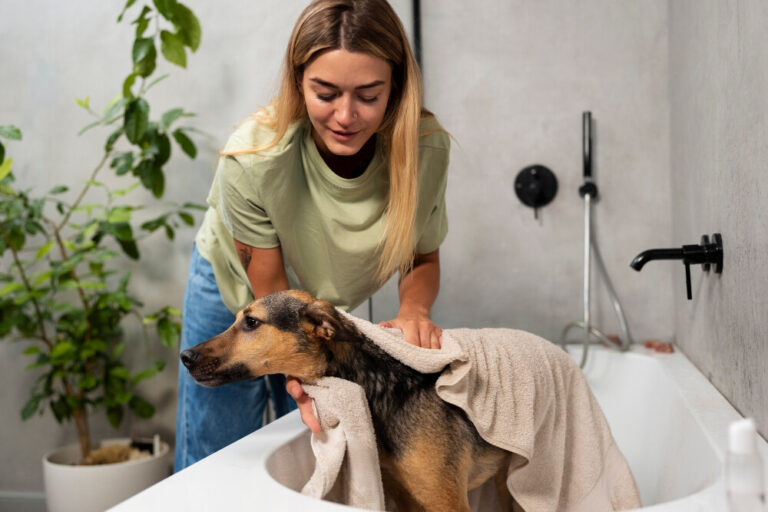
How to Build a Dog Wash Station: The Ultimate DIY Guide
Pet ownership is a rewarding experience, but it comes with responsibilities—like keeping your furry friend clean and healthy. Did you know that nearly 67% of

10 Useful Gift Ideas for New Dog Owners
A dog owner needs a lot of things to take care of his/her dog properly. If you want to gift something to a dog owner,
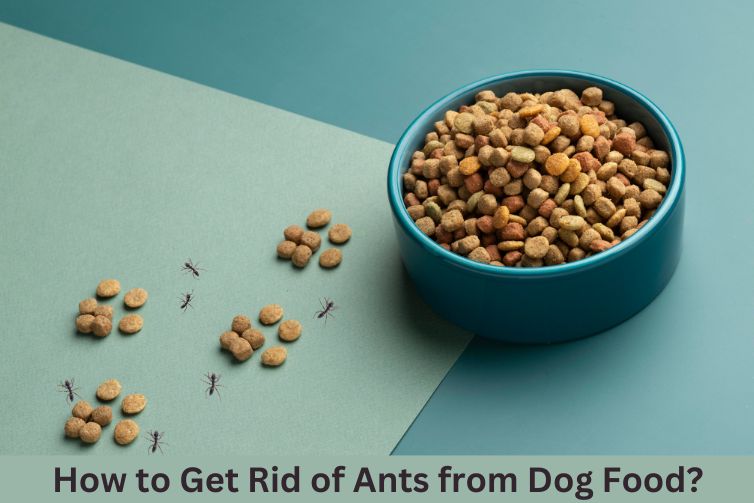
How to Get Rid of Ants from Dog Food?
Ants invading your dog’s food? Frustrating, right? These tiny pests not only contaminate food but also create a nuisance in your home. Whether you’ve found
